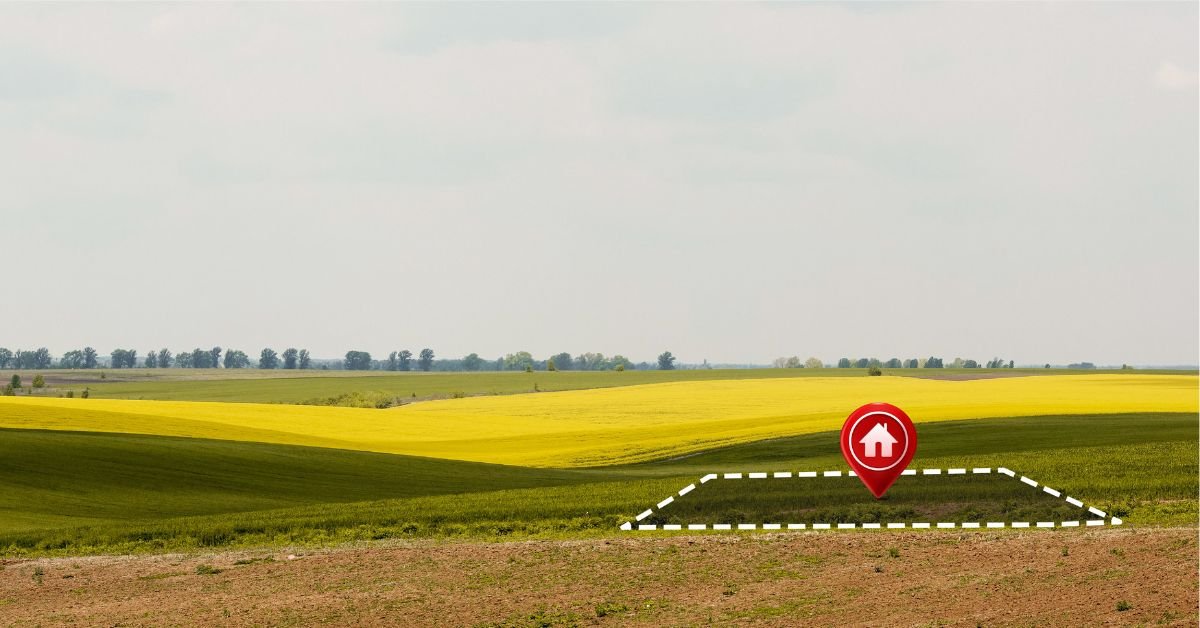FOV Meaning for Field of View. It refers to the extent of the observable environment that can be seen at any given moment by a person, camera, or visual device. In simple terms, it’s how wide or narrow your viewing angle is.
Context changes the details:
- In gaming, it refers to the portion of the game world visible on the screen.
- In photography, it’s the angle of the scene captured through a lens.
- In biology, it applies to a microscope’s visible area under a particular magnification.
- In human vision, FOV defines the physical range you can see (without moving your eyes or head).
In Everyday Speak:
Imagine you’re wearing horse blinders. Your FOV is limited. Now, take off the blinders—your FOV expands.
Real-Life Example: When FOV Goes Wrong
One gamer tweeted:
“I set FOV to the max and thought I gained speed boosts—I was just seeing more. Now I can’t go back to narrow view. It makes me dizzy!”
That’s the power of perception. Your Field of View setting affects how “comfortable” or immersive your experience feels—both on-screen and in real life.
FOV in Gaming: Comfort Meets Competitive Edge
Let’s start with perhaps the most popular use-case online: FOV in gaming.
How FOV Impacts Gameplay
In PC and console games (like Apex Legends, Fortnite, or Elden Ring), adjusting the FOV changes how much of the environment your avatar can see.
- Lower FOV (e.g., 60°): Zoomed in, narrow view. Great for precision.
- Higher FOV (e.g., 110°): Zoomed out, wider view. Better spatial awareness.
Pros of Widening FOV:
- See enemies sooner
- Spot threats from the corners
- Feel more immersed
But here’s the twist: too wide = distorted edges + motion sickness for some users.
In 2025, most games now let you customize FOV to suit your comfort, with ranges like 70–120 degrees. And in competitive esports? Players swear that tweaking FOV makes or breaks their K/D ratio.
Field of View Microscope Definition: Science Can’t Zoom Without It
Now let’s zoom out—ironically—into biology and microscopy.
The field of view microscope definition is the observable area a user can see through the lens at a specific magnification.
Here’s how it works.
As magnification increases:
FOV DECREASES.
At 40x, you might see an entire slide. At 1000x? You’re staring at a single cell.
Microscopes Define FOV by:
- Eyepiece field number
- Objective lens magnification
- Image sensor size (for digital scopes)
Knowing your microscope’s FOV is crucial in labs for accurate measurements, comparisons, and sample documentation.
What Is the FOV of a Human?
This is where it gets fascinating.
The human eye FOV is more impressive than you’d think. Here are the numbers:
- Horizontal field of view: ~210° (combined between both eyes)
- Vertical: ~150°
- Focused central vision (foveal) FOV: tiny—just ~2°!

So Why Don’t We Feel “Limited”?
Because the brain stitches your environment together seamlessly with peripheral vision, head movement, and rapid eye motion (saccades).
But here’s what’s wild: When you drive, you’re using around 120–140° effectively. In VR, anything below 90° starts to feel claustrophobic because real-life human FOV is naturally so wide.
How Brands and Designers Use FOV
Understanding FOV meaning helps brands build better apps, cameras, devices, and experiences.
- Cinematographers choose FOV for emotional effect (e.g., wide sweeping scenes or tight headshots).
- VR/AR developers strive to mimic human FOV to avoid “screen-door effect” and reduce nausea.
- Car designers use FOV to shape blind spot warnings and HUDs (heads-up displays).
In 2025, designers even simulate FOV in AI vision systems—like delivery drones or humanoid robots. Everything trying to “see” accurately needs to define FOV based on the task.
What Does “FIV Urban Dictionary” Have to Do with This?
Good question.
You may have stumbled on “FIV urban dictionary” while searching about FOV meaning. Spoiler alert: it doesn’t refer to Field of View at all.
FIV typically stands for Feline Immunodeficiency Virus or appears as urban slang with unrelated meanings.
It’s just another reminder from Google land to type carefully—and always double-check your acronyms! If you’re hunting for visual angle clarity, stick with FOV as your search term.
Pros & Cons of FOV Settings (Especially in Digital Experiences)
Whether we’re talking about games, VR, or digital optics—FOV settings influence your experience massively.
Pros:
- Better environmental awareness
- Improved immersion and realism
- Customizable based on user preference
- Essential in tools like microscopes or binoculars
Cons:
- Too wide = distortion, motion sickness
- Poorly designed FOV can feel unnatural
- Limited FOV (in devices like early AR glasses) ruins UX
- In microscopes, higher mag = tinier FOV = higher risk of missing content
Understanding the sweet spot for field of view is critical—not too narrow, not too wide.
Where Else FOV Shows Up in 2025?
FOV is no longer exclusive to headsets and telescopes.
You’ll find it in:
- Security camera lenses
- Self-driving cars (LiDAR and vision tech)
- Meta Quest Pro & Apple Vision Pro VR systems
- Drone operations
- HoloLens-style AR navigation
- AI generative art tools choosing frame width
And yes—even social media photo apps now simulate “wide FOV” shots for a more cinematic feel. FOV is your invisible friend shaping what you see and how you see it.
FAQs
Q1: What does FOV mean in simple terms?
A: FOV means Field of View—it’s how much area you can see through your eyes, a lens, or a screen. It describes viewing angle and plays a big role in gaming, VR, photography, and optics.
Q2: What is the FOV of a human?
A: The human eye has a horizontal FOV around 210°, but only 120–140° is usable without head movement. Central (focused) vision covers just a small part—around 2°, while the rest is peripheral.
Q3: What’s the field of view microscope definition?
A: In microscopy, field of view refers to the diameter of the visible area when looking through a microscope lens. The higher the magnification, the smaller the FOV.
Q4: Why is FOV important in VR and gaming?
A: FOV controls how much of the virtual world you see at a time. An incorrect FOV setting can cause discomfort, motion sickness, or poor performance. Customized FOV helps both realism and playability.
Final Thoughts
So, the next time you tweak your controls, peek down a lens, or stare at a screen wondering why something feels off or perfect, remember—it’s probably FOV at work.FOV meaning isn’t just a term—it’s a foundation. From your favorite Fortnite match to your biology homework to your car’s backup cam—Field of View shapes everything from comfort to clarity.
CLICK HERE FOR MORE BLOG POSTS
There’s a certain weight in the words John Authers writes—not just because of what he knows, but how he shares it. His voice doesn’t just echo facts; it builds meaning. In a world overwhelmed by rushed opinions and robotic summaries, John’s writing feels… different. It feels lived-in, thoughtful, and deeply human.
Readers don’t turn to John for headlines—they come for context. They come for that rare blend of clarity, insight, and emotional depth that turns financial journalism into something closer to storytelling. His reflections on markets, geopolitics, or human behavior aren’t just readable—they’re relatable.
What sets John apart isn’t just his experience (though he has plenty of it). It’s his ability to pause, reflect, and explain the why behind the what. He writes like someone who’s been in the room where it happens—but never forgets the reader who hasn’t.
In 2025, when AI churns out articles in milliseconds, John Authers still writes like a human—and that, more than anything, is what makes his work worth reading.











